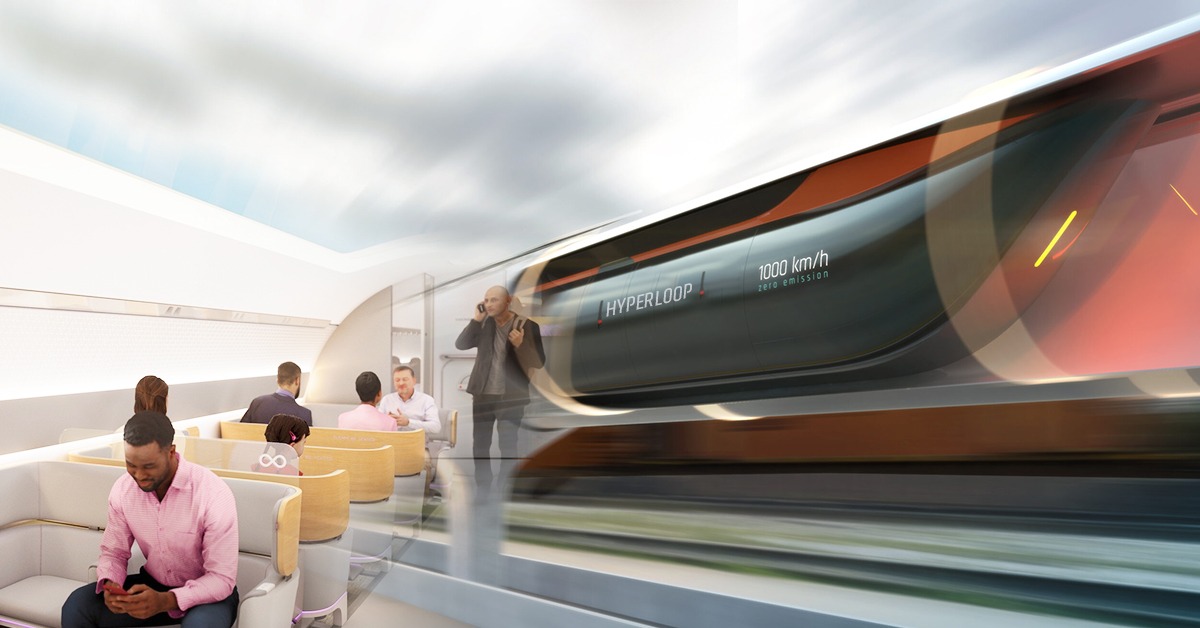
What if you could travel from London to Paris in 4o minutes? Or, navigate the traffic-laden Mumbai-Pune route in just 25 minutes? I know it sounds unrealistic to many reading this blog. But hyperloop can make it possible. What is it? Hyperloop is a transport concept where vehicles in the shape of pods or capsules hurtle inside sealed low-pressure tubes at near-supersonic speeds. The theorized speed for a hyperloop pod is 760 miles or 1220 kilometres per hour. That's 2x the speed of an aeroplane and three to four times quicker than a bullet train. Virgin Hyperloop, in November 2020, successfully completed the human testing of hyperloop, albeit for 15 seconds on a 500-metre track. When commercialized on a scale, this technology can disrupt the transport ecosystem, set a new paradigm in Transportation-as-a-service, and possibly, replace short-haul flights.
The Concept
Hyperloop is like a super-speed train. The concept of a train in a tube is not fresh. Yet, it took the eccentric technopreneur Elon Musk to inject hyperloop into public consciousness in 2013 when he presented a 58-page technical paper. In the report, Musk explained the design of the hyperloop, positioning it as the fifth mode of transport after rail, flights, cars and ships. The centibillionaire described it as "a cross between a Concorde, a rail gun and an air hockey table."
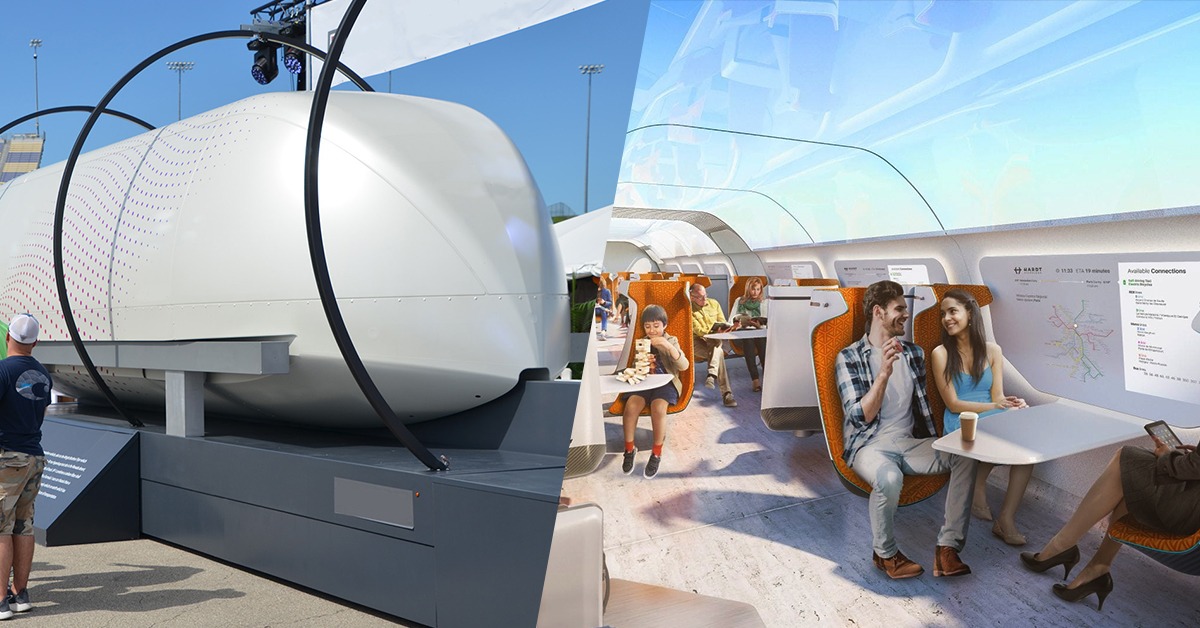
Policy Push for Hyperloop
US President Joe Biden's $1.2 Trillion Infrastructure Bill pledges support for the development and deployment of hyperloop technologies, enabling the developers to avail federal funding. The European Commission's Sustainable and Smart Mobility Strategy has included hyperloop in its long-term strategy to reduce carbon emissions from transport by 90 per cent by 2050. In India, the policy think tank NITI Aayog has formed a panel to explore the viability of Virgin Hyperloop technology. The Maharashtra government had approved the Virgin Hyperloop-DP World Consortium as the original project proponent for the Mumbai-Pune route.
The Market for Hyperloop and The Benefits
The market for hyperloop technology is expected to grow from USD 1.2 billion in 2021 to USD 6.6 billion by 2026, at a CAGR of 40.4 per cent. Reduced travel time, inexpensive infrastructure maintenance and thrust on solar power consumption are primarily driving the market for hyperloop technology.
As a transportation option, the hyperloop is poised to gain traction as it packs many advantages. It offers high-speed and clean travel, consuming less energy than trains or aeroplanes. Also, the hyperloop is a weather-proof transport option since it's immune to weather vagaries like rain or snow.
Hyperloop is not all about super-speed travel, it can be the best bet for carbon-neutral transport@elonmusk @virginhyperloop @zeleros @DPWorldUAE @NITIAayog #Hyperloop #technology #technologytransformation https://t.co/oXlepUYwo6
— Priyadarshi Nanu Pany (@NanuPany) October 28, 2021
Making Hyperloop a Viable Commute Option
The first step is to make an increasing volume of willing commuters aware of the benefits of the hyperloop. Next, to make hyperloop deliver the speed and comfort of air travel at the price of bus or rail transport, it needs to be viable. The steep initial investments required for hyperloop travel work can be financed with a mix of taxpayers' money and private capital. Once we get over the cost challenge, we need to achieve economies of scale to make the hyperloop gain currency and deliver results on the scale. Hyperloop is a big promise for carbon-neutral transportation – a sustainable bet for both commuters and commodities.
































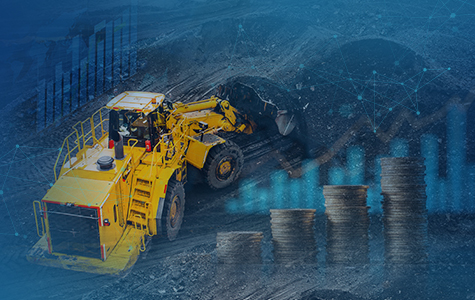



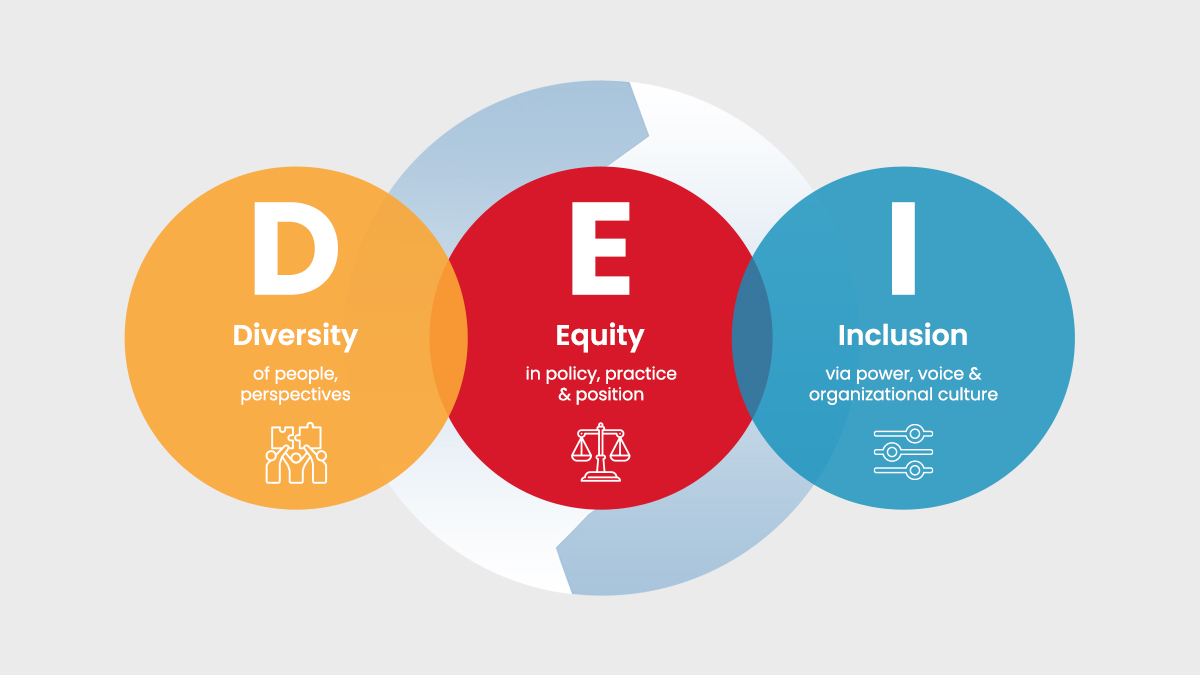




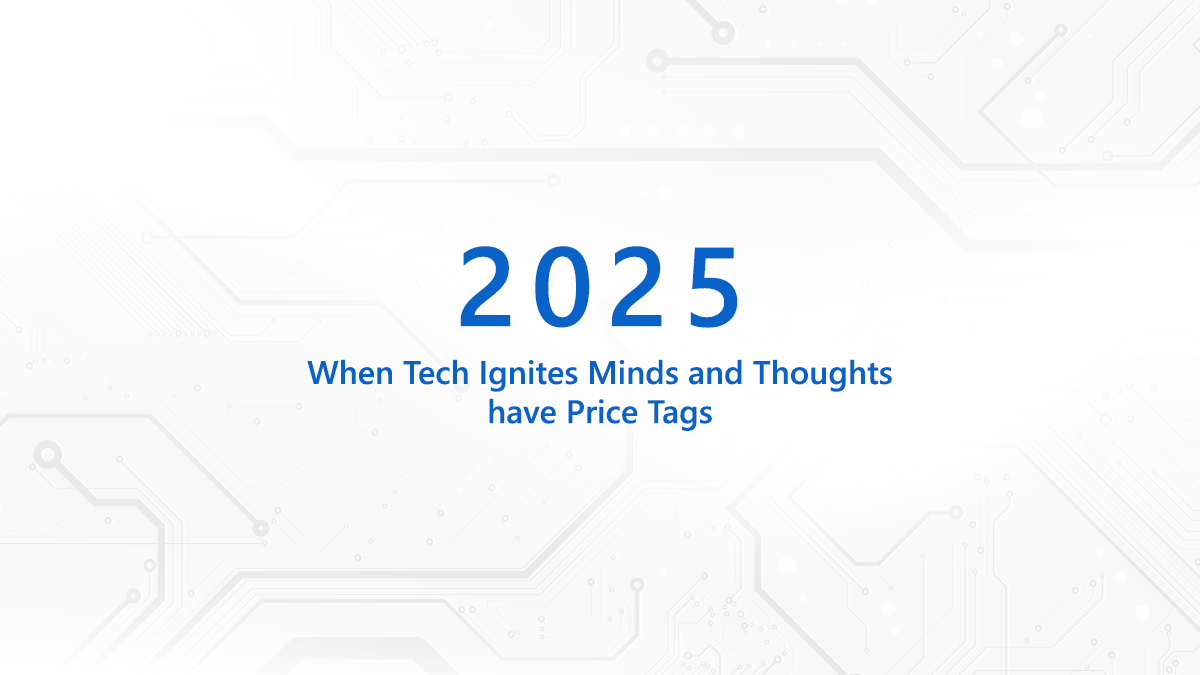
















We will verify and publish your comment soon.